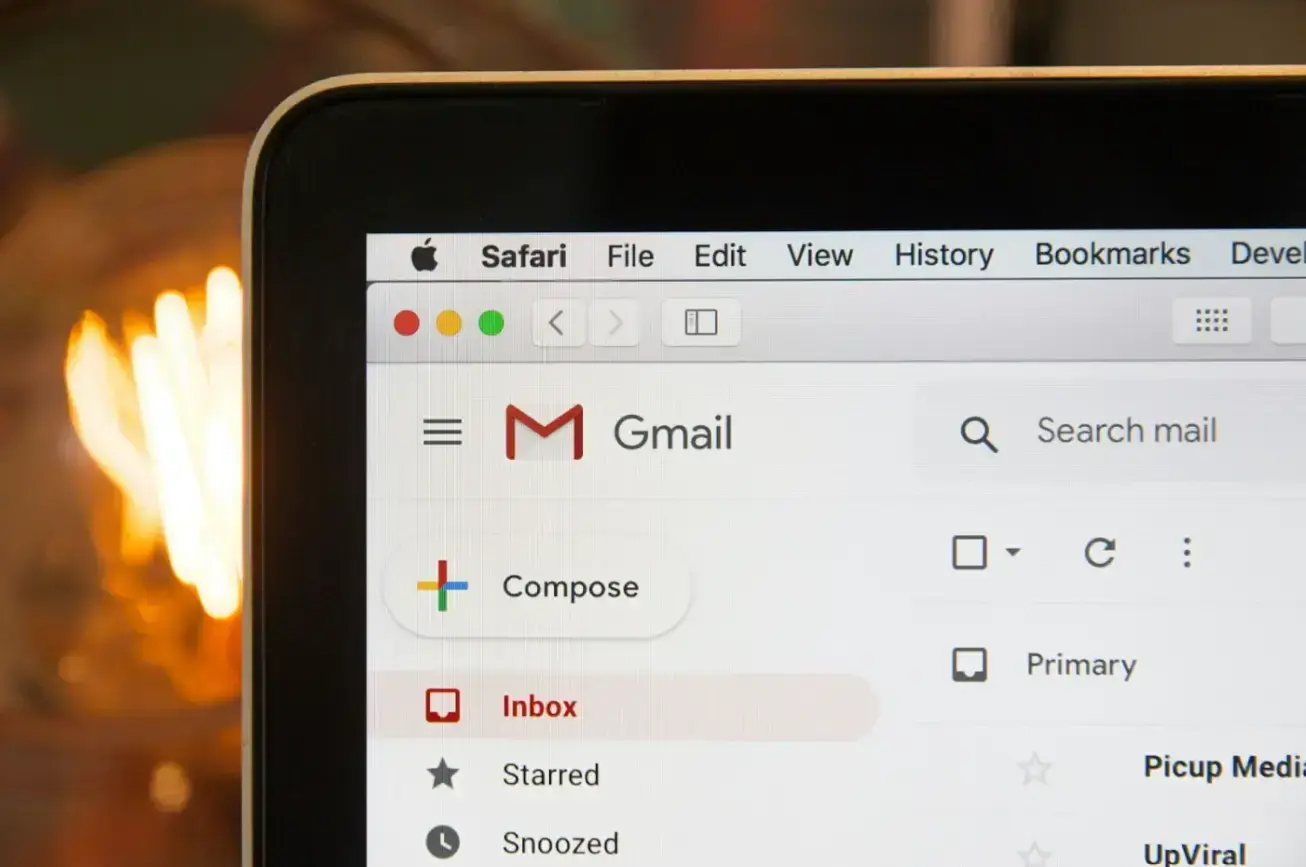Customer retention isn’t just about service quality or competitive pricing. It’s actually rooted in how well your business functions beneath the surface.
And often, the tools you use every single day are the unsung heroes that directly impact whether a customer sticks around or slips away.
Article Shortcuts:
- Retention is a Team Sport: The Tools That Sync Your Staff
- Beyond Software: Tracking Loyalty with the Right Metrics
- Customer Retention Key Insights Table
- Frequently Asked Questions
Since customer attrition is an anathema to businesses, it’s best to adopt a winning approach. Luckily, a variety of powerful tools and features are available. It all begins with retention efforts.
Retention isn’t a department, it’s a system. When your sales, support, and communications tools operate in sync, the customer experience feels effortless. But cracks appear if you're juggling spreadsheets, hopping across tabs, or losing track of who said what to whom. Those cracks cost you.
Let’s examine how the digital toolkit you choose quietly steers loyalty, shapes satisfaction, and builds long-term value—especially in small businesses where agility is everything.
Best CRM Tools for Small Business Customer Retention

Source: Unsplash
You don’t need to be a tech giant to see the value in a solid CRM system. Small businesses benefit most from integrating customer relationship management software into their daily operations.
Why? Because CRM tools allow even lean teams to deliver personalized, consistent service. That’s the type of service that customers appreciate.
A CRM doesn’t simply hold contact information. It creates continuity—a centralized space where sales histories, support tickets, communication logs, and even social interactions are housed.
That matters when the same customer calls twice and expects you to remember their story.
Vijay Sundaram, Zoho’s Chief Strategy Officer, highlights how AI is taking CRM systems even further:
“What is the future of putting in a system like a CRM? It’s not inconceivable to think of a small language model that’s figured out completely a particular AI system... So when you come into that system and say I want to do this and this is my industry, it lays it out for you. AI can do a number of things.”
In other words, AI-enhanced CRMs don’t just help manage data—they guide action. They allow teams to move faster, smarter, and more intuitively, even without deep technical expertise.
A well-integrated CRM helps you:
- Send timely follow-ups
- Personalize outreach at scale
- Respond faster to customer inquiries
- Track satisfaction over time
- Identify buying patterns and upsell opportunities
Most importantly, it creates a sense of recognition. Customers who feel remembered are far more likely to return. These customers form the bedrock of your company’s financial success.
If you’re evaluating CRM software for SMB needs, look for the following in your chosen platforms:
- Easy onboarding
- Native integrations
- Marketing automation features
Each of the above elements should be user-friendly without overwhelming your team members.
A helpful breakdown of the top CRM software for small business selections is a good place to start. If your goal is customer retention, nothing beats a robust CRM to stay ahead of the competition.
Retention Is a Team Sport: The Tools That Sync Your Staff

Source: Unsplash
Customer retention often hinges on one simple factor: internal alignment.
Does your team have the tools to respond quickly, share information fluidly, and take initiative without waiting for someone else to forward an email thread?
As world-renowned customer service and CX expert Shep Hyken highlights,
“What’s important is for everyone to know how they contribute to the customer’s experience. Some employees interact directly with the customer… Others may never engage the customer, but what they do behind the scenes still impacts the experience. It’s important for every employee to know the role they play.”
Tools like shared calendars, task boards, helpdesk systems, and messaging apps make a big difference. But only when they’re properly integrated.
Here’s how daily-use tools play into retention:
- Project management apps like Trello, Asana, or ClickUp keep team workflows visible and accountable.
- Helpdesk platforms such as Zendesk or Freshdesk log support requests, giving the entire team visibility on customer issues.
- Communication hubs like Slack or Microsoft Teams centralize chats, file-sharing, and cross-functional collaboration.
When a customer calls with an issue and the first rep they speak to can resolve it (without being passed around), you reduce churn risk significantly. That experience is only possible when internal tools remove silos.
It’s also about consistency. If one support rep provides stellar service but the next one fumbles, retention suffers. Shared knowledge systems ensure that every customer-facing team member is equipped to provide reliable, informed service every time.
For solopreneurs or micro-teams, it doesn’t have to be complicated. Even combining a simple shared inbox tool with a collaborative notes app can go a long way toward consistency.
Beyond Software: Tracking Loyalty with the Right Metrics
Every tool you use should do one of two things: improve the customer experience or help you measure it. Retention isn’t something you can always feel. It has to be tracked.
Management guru Peter Drucker once said, “What gets measured, gets managed.” This holds especially true when it comes to customer experience.
As research shows, even CX leaders and Vanguards struggle to effectively measure CX and tie it to business outcomes, yet they recognize it as the key challenge to driving strategy success.
If you're not measuring the customer experience in meaningful ways, you're flying blind on retention. Data isn't just a dashboard—it's your early warning system.
That’s why analytics tools, even simple dashboards, play a quiet but crucial role in keeping customers around.
Start by monitoring:
- Repeat purchase rate: Who comes back and how often?
- Customer lifetime value (CLV): What’s the average revenue per retained customer?
- Net Promoter Score (NPS): Who’s likely to recommend you?
- Time-to-resolution: How fast are you solving customer problems?
Whether you use standalone analytics tools or rely on CRM dashboards with built-in reporting, the key is making this data part of your weekly rhythm.
When your tools deliver actionable insights, your team knows what to double down on and what to fix.
And here’s the hidden link: Many tools you already use may have built-in retention signals.
Google Analytics can tell you how often logged-in users return. Email platforms show you who opens your messages and who doesn’t. Even chatbots can track satisfaction via thumbs-up or down ratings.
Consider mentioning how the best virtual office software often includes built-in analytics tools that help monitor customer retention metrics seamlessly.
Making retention measurable transforms it from a vague goal into a daily habit—and that’s the real unlock.
Customer Retention Key Insights Table

Source: Pixabay
This table summarizes key data from 2025 on customer retention, loyalty behavior, and churn across industries. These insights highlight the measurable impact of daily tools and strategies on long-term customer relationships.
|
Metric |
Statistic |
Retention % |
Churn % |
Industry/Context |
Source |
Year |
|
Avg. Retention Rate |
75.5% |
— |
10–25% |
All Industries |
DemandSage/Statista |
2025 |
|
Top Performing Industries |
84% |
84% |
— |
Media, Prof. Services |
Statista |
2025 |
|
Low Performing Industries |
4–37% |
— |
— |
EdTech, FinTech |
Statista |
2025 |
|
Impact of Retention |
5% ↑ = 25–95% profit ↑ |
— |
— |
All Sectors |
DemandSage |
2025 |
|
Cost Comparison |
5x cheaper |
— |
— |
Retention vs. Acquisition |
Outbound Engines |
2025 |
|
Loyalty Program Influence |
83% affected |
— |
— |
General Consumers |
Zinrelo |
2025 |
|
Email Use in Retention |
89% |
— |
— |
Marketers |
Exploding Topics |
2025 |
|
Top Loyalty Driver |
55.3% |
— |
— |
Product Quality |
Yotpo |
2025 |
Source: DemandSage
Frequently Asked Questions
1. How do everyday tools like CRMs influence customer retention?
Customer retention hinges on consistent, personalized service—and that starts with the tools managing your customer data.
A well-used CRM ensures your team knows each customer’s history, preferences, and past issues, enabling seamless support and follow-ups.
This level of continuity builds trust, which is essential for loyalty. CRMs aren’t just databases; they’re systems of memory that help businesses treat customers as individuals, not transactions.
2. Why is it more profitable to retain a customer than acquire a new one?
Retained customers generate higher lifetime value due to several key behaviors: they tend to buy more, stay longer, refer others, and spend less to serve.
Bain & Company research shows that loyal customers, especially promoters, are significantly more profitable than detractors.
For example, in banking, a promoter is worth about $9,500 more than a detractor over their customer lifetime.
Promoters also make seven times more referrals, are less price sensitive, and have far lower churn rates—making customer retention not just cost-effective, but a primary driver of sustainable growth.
3. What metrics should small businesses monitor to improve retention?
To stay ahead of churn, monitor metrics such as:
- Customer Lifetime Value (CLV): How much a customer is worth over time
- Repeat Purchase Rate: Frequency of returning buyers
- Net Promoter Score (NPS): Willingness to recommend
- Resolution Time: Speed of resolving customer issues
These insights guide both strategy and day-to-day decisions that directly affect loyalty.
4. How can AI improve retention for small teams with limited resources?
AI in tools like CRMs or chatbots can automate follow-ups, flag at-risk customers, and even suggest personalized offers.
This empowers small teams to operate at scale, providing proactive service without needing large staff or advanced technical skills. AI bridges the gap between limited resources and high expectations.
Concluding Remarks: Loyalty Starts with Your Tool Stack
It’s easy to blame churn on price or competition. But more often, it’s process and communication breakdowns that nudge customers toward the exit.
According to Gartner, “Customer experience drives more than two-thirds of customer loyalty, outperforming brand and price combined.”
Yet, over 70% of CX leaders struggle to design initiatives that actually build loyalty. Why? Because they’re often stuck fixing broken experiences instead of innovating new ones.
By rethinking your daily tools, especially CRMs and workflow systems, you create a back-end experience that customers can feel on the front end. Faster replies. More personalized touchpoints. Fewer mistakes.
And for small businesses, where one missed detail can have an outsized effect, the right tools are everything. If you’re ready to upgrade your internal systems to improve customer retention, start by exploring free trials and feature comparisons.
As for hands-on guidance, consider browsing the resources available at POWR.io where tools and plugins are designed to help small businesses convert and retain more customers through smarter digital infrastructure. That’s a wrap. Stick to the basics and customers will stick with you.
Author Bio
Antony Boyd is a customer experience researcher and tech writer specializing in CRM systems and retention analytics. Formerly with a leading marketing SaaS company, he now advises small and midsize businesses on integrating tools that streamline service delivery and enhance long-term customer value.



